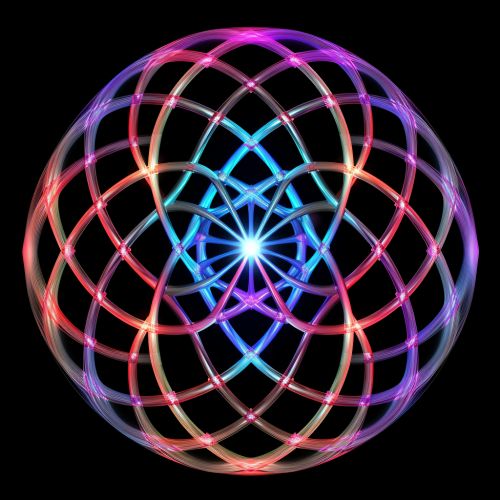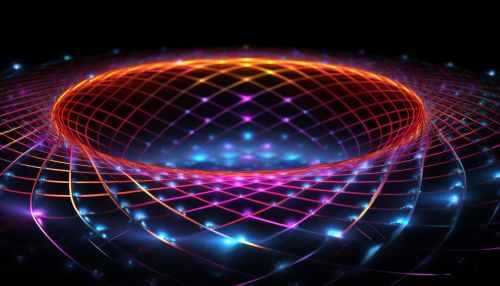Toric code
Introduction
The quantum error correction field has seen the development of numerous models over the years, but one of the most significant is the Toric code. The Toric code is a topological quantum code, a type of quantum error-correcting code, that operates on a two-dimensional lattice of qubits.


Background
The Toric code was first introduced by Alexei Kitaev, a Russian-American theoretical physicist and mathematician, in the late 1990s. It is a model that is based on the principles of quantum computing and quantum information theory. The Toric code is a key example of a topological quantum field theory, a branch of quantum theory that studies quantum systems with topological order.
Structure and Operation
The Toric code operates on a two-dimensional lattice of qubits, with each qubit residing on the edges of the lattice. The lattice is shaped like a torus, which is a surface of revolution generated by revolving a circle in three-dimensional space about an axis coplanar with the circle. This toroidal structure is what gives the Toric code its name.
The code's error correction capabilities are derived from the application of two types of local operators on the lattice: the vertex operators and the plaquette operators. These operators are designed to detect and correct errors that occur in the quantum states of the qubits.
Error Correction
The Toric code's error correction process is based on the principle of quantum entanglement. When an error occurs on a qubit, it affects not just that qubit but also the neighboring qubits due to entanglement. The vertex and plaquette operators are used to detect these errors by measuring the quantum states of the qubits.
Once an error is detected, the Toric code uses a process known as syndrome measurement to identify the type and location of the error. The error is then corrected by applying a series of quantum gates to the affected qubits.
Applications
The Toric code has a wide range of applications in the field of quantum computing and quantum information theory. Its robust error correction capabilities make it a promising model for the construction of fault-tolerant quantum computers. The Toric code is also used in the study of quantum phase transitions and topological quantum computation.
